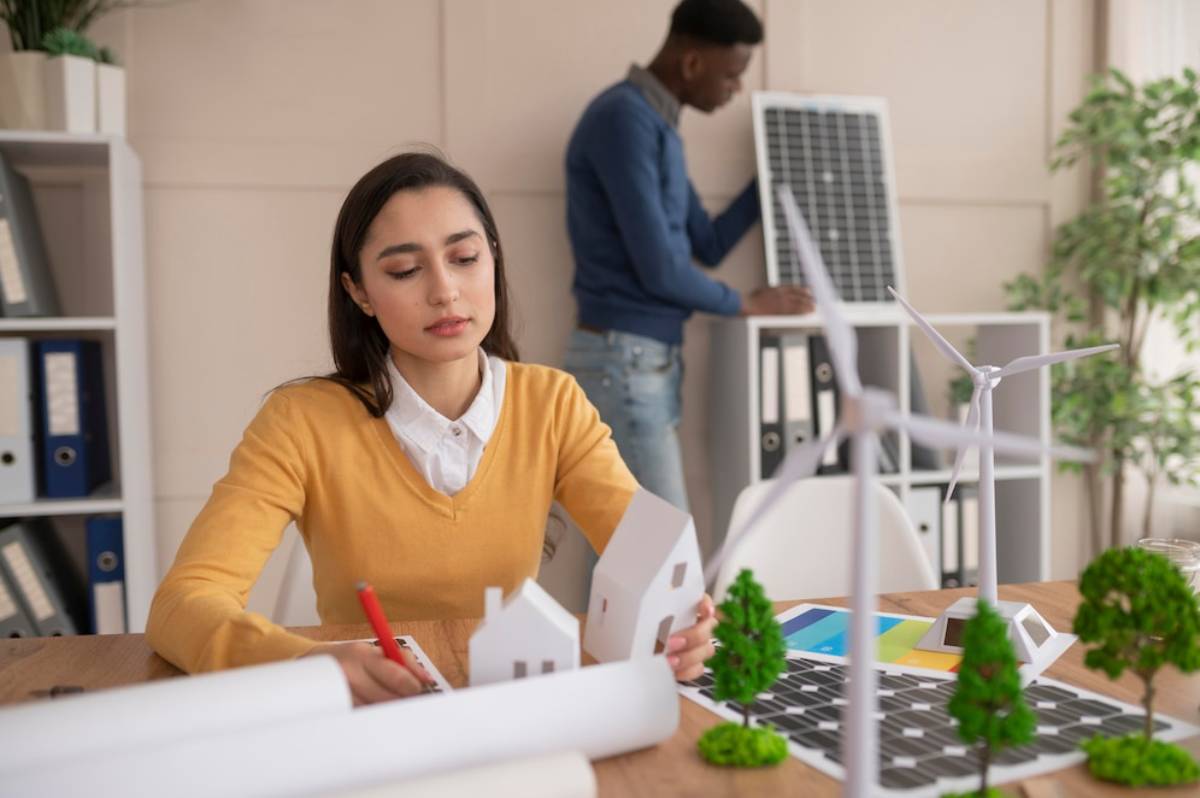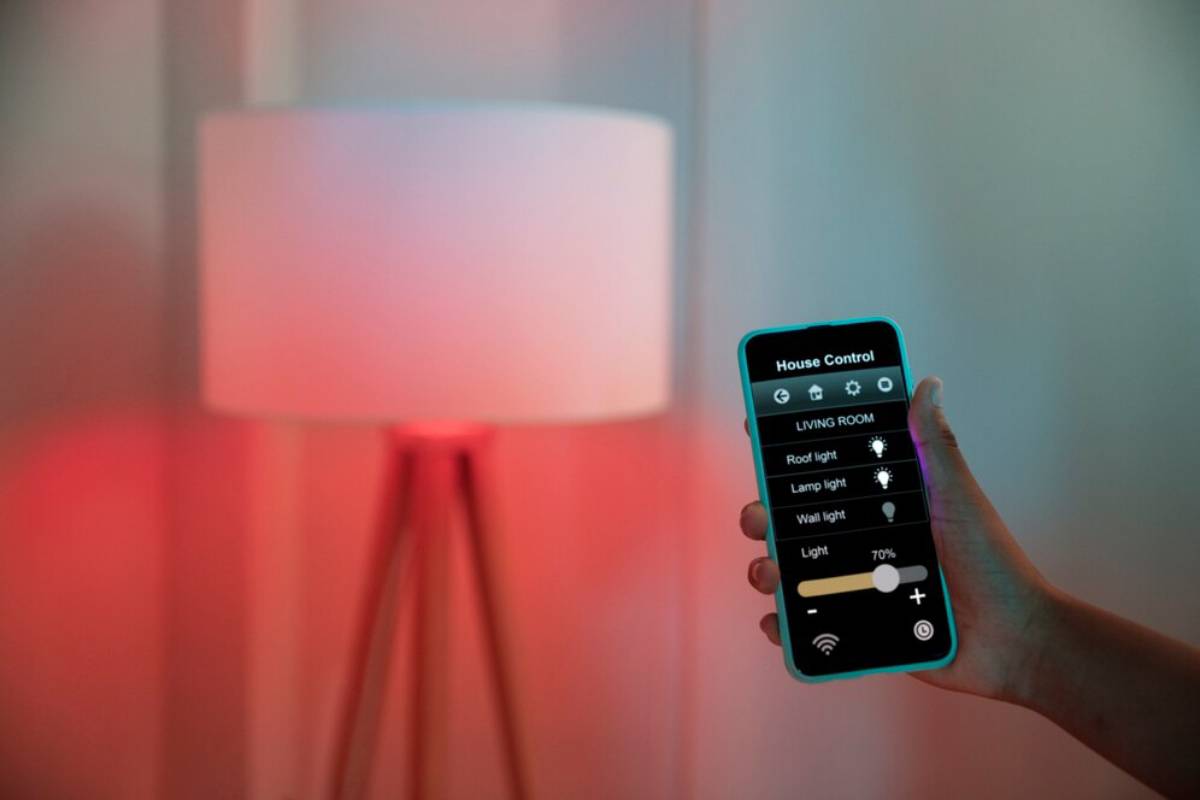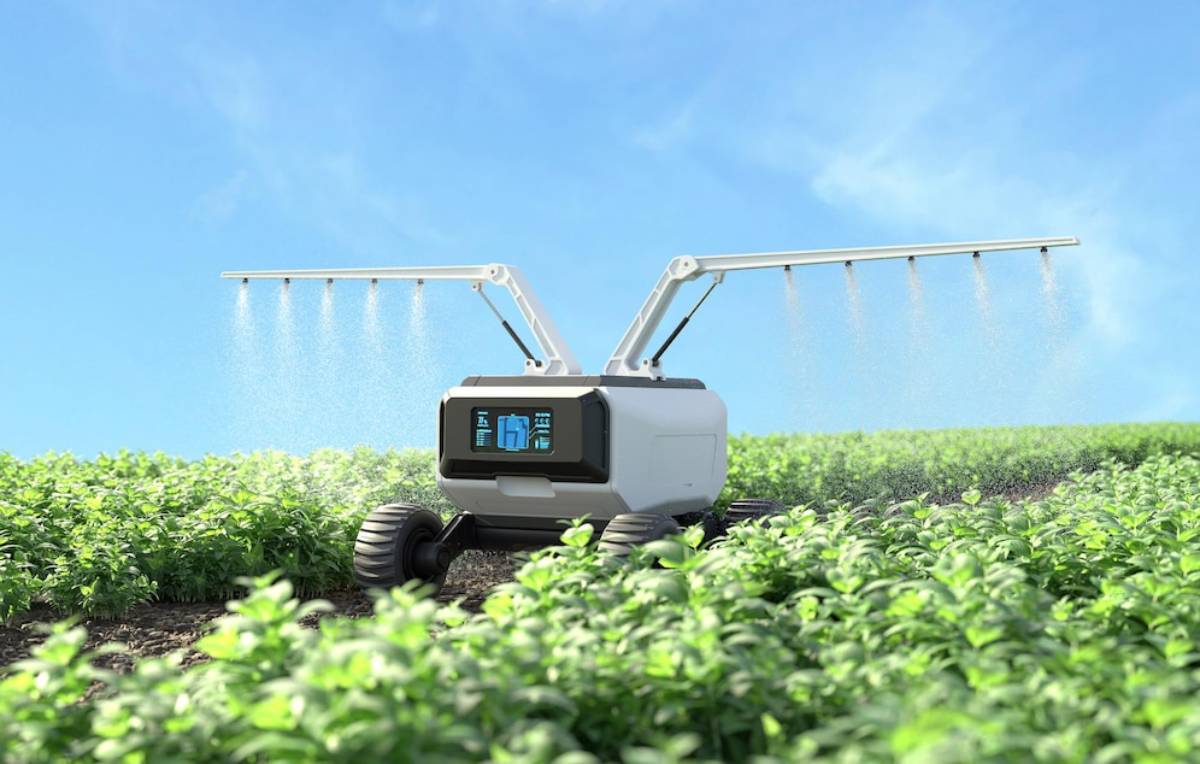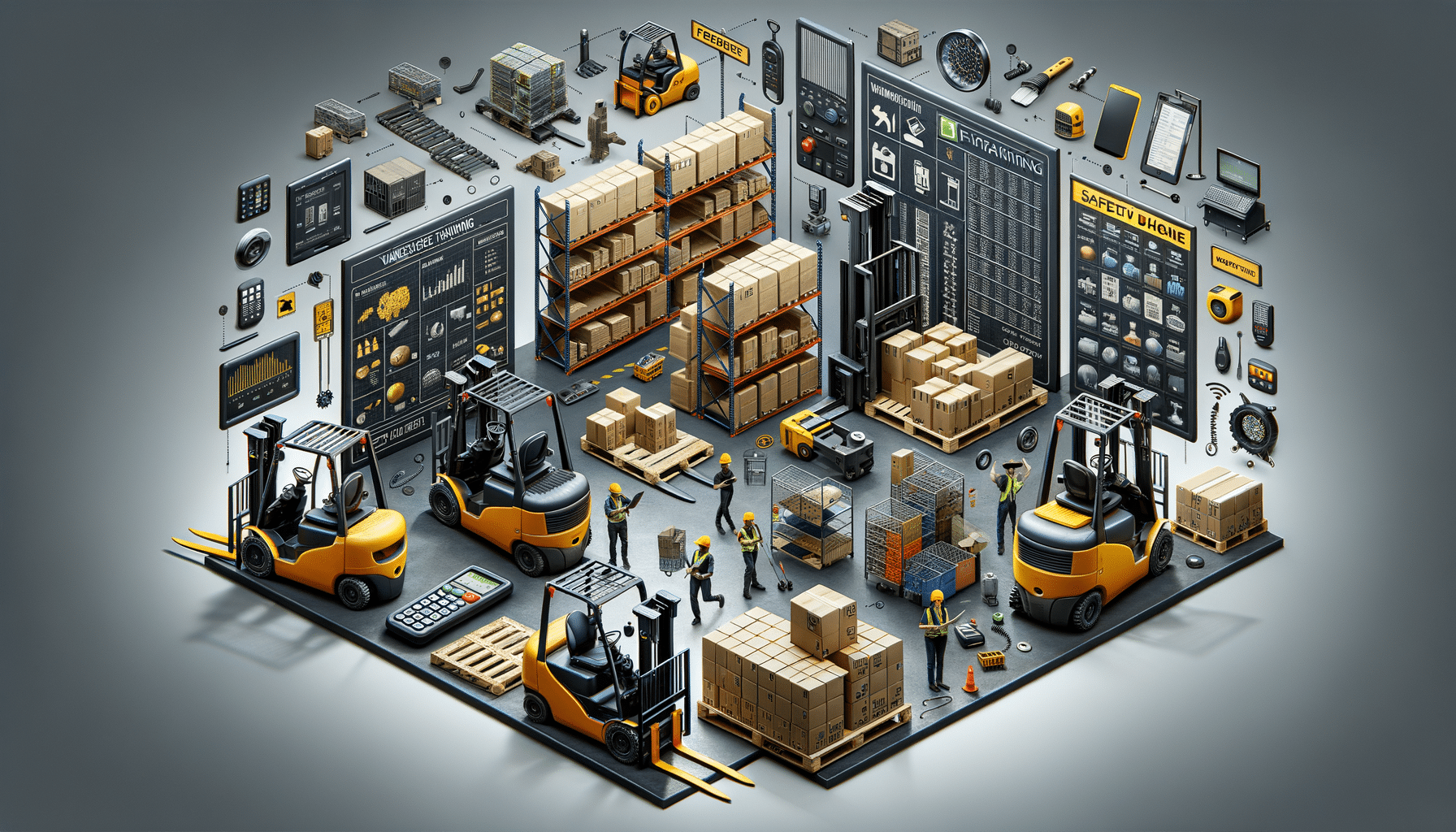
Energy-Efficient Smart Homes: Innovations for Sustainability
The Green Revolution Starts at Home
Sustainability is no longer just a buzzword; it has become a guiding principle for how we live and build our homes. In 2025, the demand for eco-friendly, energy-saving solutions has never been stronger. Smart homes, once a futuristic fantasy, are now at the forefront of this movement. Thanks to fast progress in IoT, AI, and green tech, our homes are getting smarter and more eco-friendly.
This blog will explore how smart technology is revolutionising home energy use. We’ll explore smart home energy-saving trends. From intelligent thermostats to solar-powered devices, these innovations shape a sustainable future. If you’re renovating, building, or just curious, you’ll find useful tips, practical solutions, and new ideas that blend convenience with mindful living.
The Intersection of Smart Tech and Sustainability
What Makes a Home “Smart”?

A smart home integrates automated systems that communicate with each other and adapt based on your preferences. These include lighting, climate control, appliances, security, and entertainment. You can manage many of these remotely using smartphone apps or voice commands.
Sustainability Meets Innovation
Smart tech aligns perfectly with sustainability by optimising resource use. For example:
- Smart thermostats reduce unnecessary heating and cooling
- Automated lighting systems lower electricity consumption
- Water sensors prevent leaks and wastage
- Solar integration boosts clean energy usage
These innovations help homeowners cut their carbon footprint and save on utility bills.
Smart Thermostats and Climate Control
Intelligent Temperature Management
Devices like the Nest Learning Thermostat or Ecobee learn your schedule and preferences. They adjust the heating and cooling to keep your home comfy. This way, they save energy too.
Benefits:
- Reduces energy use by up to 23% annually
- Integrates with HVAC systems
- Remote control via smartphone
- Provides usage reports for transparency
Case Study: UK Family Saves Big
A family in Bristol saved more than £200 a year. They installed a smart thermostat with a zoned heating system. The setup heated only the rooms in use and allowed for remote adjustments while away.
Smart Lighting Systems
Automated and Adaptive Lighting

Smart bulbs and switches like Philips Hue or LIFX allow for scheduling, dimming, and motion-based activation. Systems can sync with natural light patterns or occupancy sensors to minimise wastage.
Key Features:
- LED technology for lower energy consumption
- Mobile and voice control
- Integration with other smart devices
- Scene customisation (e.g. “Movie Night”)
Sustainability Advantage:
Lighting accounts for approximately 15% of a household’s electricity use. Smart systems reduce unnecessary usage significantly, especially when paired with daylight sensors.
Solar Power Integration
Harnessing Renewable Energy
Smart homes increasingly include solar panels connected to energy management systems. These monitor generation, usage, and storage in real-time, allowing homeowners to maximise self-sufficiency.
Benefits:
- Reduces reliance on the grid
- Cuts carbon emissions
- Adds long-term property value
- Often eligible for green incentives or tax credits
Expert Insight:
According to the Energy Saving Trust, UK homeowners with solar PV systems can save between £195–£500 annually on electricity bills.
Smart Appliances: Efficient by Design
Connected Devices That Do More with Less
Smart appliances, like washing machines and fridges, use sensors and AI. They help improve performance and save energy.
Examples include:
- Smart fridges that regulate cooling based on content
- Eco-friendly dishwashers that adjust water usage
- Washing machines with AI fabric detection
Energy Labelling
Look for products with A+++ energy ratings and IoT capabilities that allow tracking and scheduling.
Energy Monitoring Systems
Know Your Consumption
Tools like the Sense Energy Monitor and Samsung SmartThings Energy give you a clear view of your home’s energy use.
Why It Matters:
- Helps identify energy-draining appliances
- Offers real-time insights
- Encourages behaviour change
- Enables proactive maintenance
Water Conservation Technology
Smart Irrigation and Leak Detection

Outdoor and indoor water-saving tech includes:
- Smart irrigation systems adjusting based on weather
- Leak detectors like Flo by Moen that alert you to plumbing issues
Impact:
Water conservation also reduces energy use (e.g. hot water heating). Smart tech ensures every drop counts.
Smart Blinds and Insulation Controls
Passive Energy Saving
Automated blinds and smart glass help regulate indoor temperature by reacting to sunlight. Some systems even integrate with weather forecasts to anticipate changes.
Features:
- Light and temperature sensors
- Schedule-based automation
- Integration with HVAC for holistic control
Voice Assistants and Home Hubs
Centralised Control for Efficiency
Alexa, Google Home, and Apple HomeKit consolidate smart device control. These voice assistants boost efficiency by syncing different systems. Lights and appliances can work together smoothly.
Example Routine:
“Good Morning” command could trigger:
- Thermostat to warm the house
- Blinds to open
- Coffee machine to start
Overcoming Common Concerns
Is Smart Tech Too Expensive?
While initial costs can be high, the long-term savings on energy bills and potential incentives offset them. Start small—perhaps with lighting or a thermostat—and scale over time.
Is It Secure?
Use encrypted networks and update firmware regularly. Reputable brands offer strong security protocols.
Is It Complicated to Use?
Modern interfaces are user-friendly, and voice commands simplify interaction. Many products offer guided setup and mobile support.
Government Incentives and Support
UK Grants and Rebates
Look into:
- The Boiler Upgrade Scheme
- Green Home Grants (for insulation and low-carbon tech)
- Smart Export Guarantee (for solar panel users)
Financial Benefits:
These schemes significantly reduce the upfront costs of building a sustainable smart home.
Future Trends in Sustainable Smart Homes
What’s Next?
- AI Predictive Energy Use: Systems that anticipate needs and automate accordingly
- Blockchain Energy Trading: Neighbours selling surplus solar power
- Eco-friendly Construction Materials: Paired with smart tech for maximum sustainability
Expert Forecast:
Smart home integration is expected to increase by 25% year-on-year in the UK, with green tech adoption driving the trend.
Conclusion: Smart Choices for a Greener Tomorrow
Building a sustainable smart home isn’t just good for the planet. It’s a practical, cost-saving investment in your future. Using smart home energy tools and eco-friendly IoT solutions boosts convenience. It also helps meet global sustainability goals.
Whether you’re fully upgrading or taking the first step, the path to a more energy-efficient lifestyle starts at home.
Ready to embrace a smarter, greener future? Begin with a single device and build your sustainable ecosystem, one smart choice at a time.
Have questions about smart home solutions or need help choosing the right products? Drop them in the comments or contact our team of home tech experts today!


